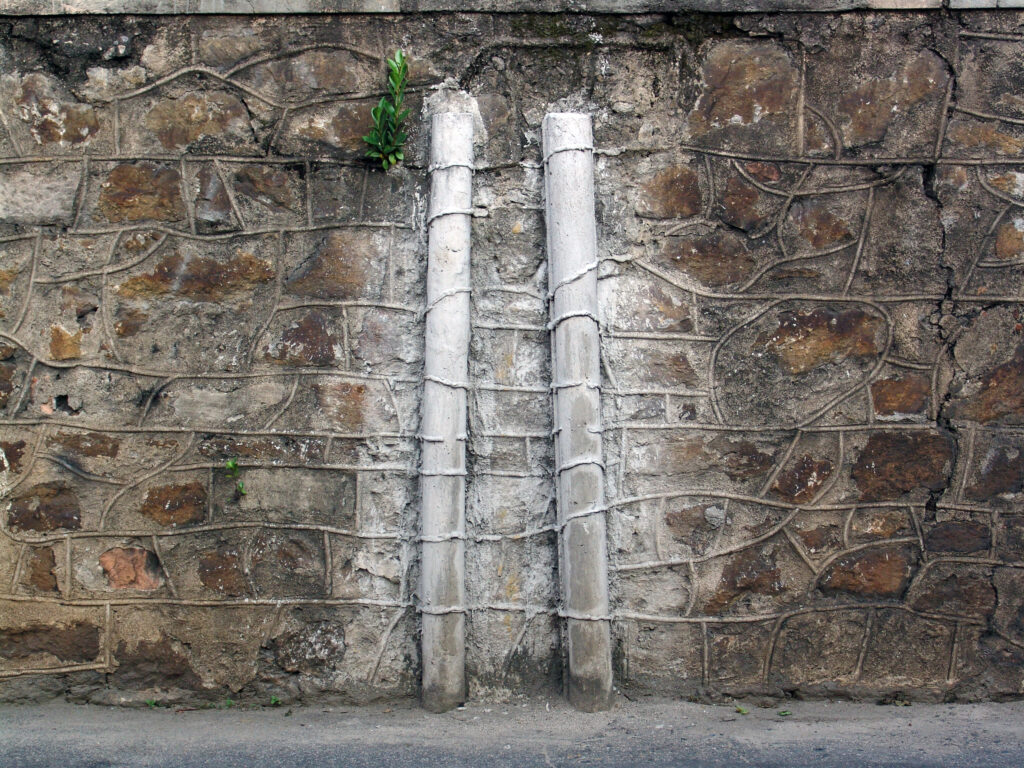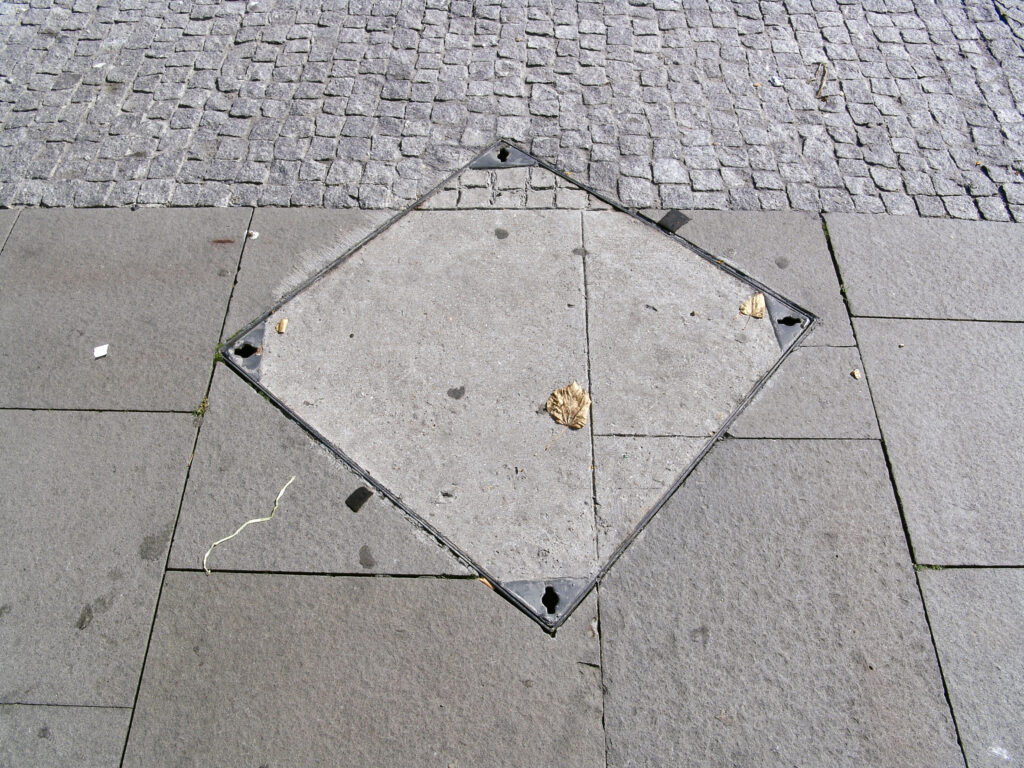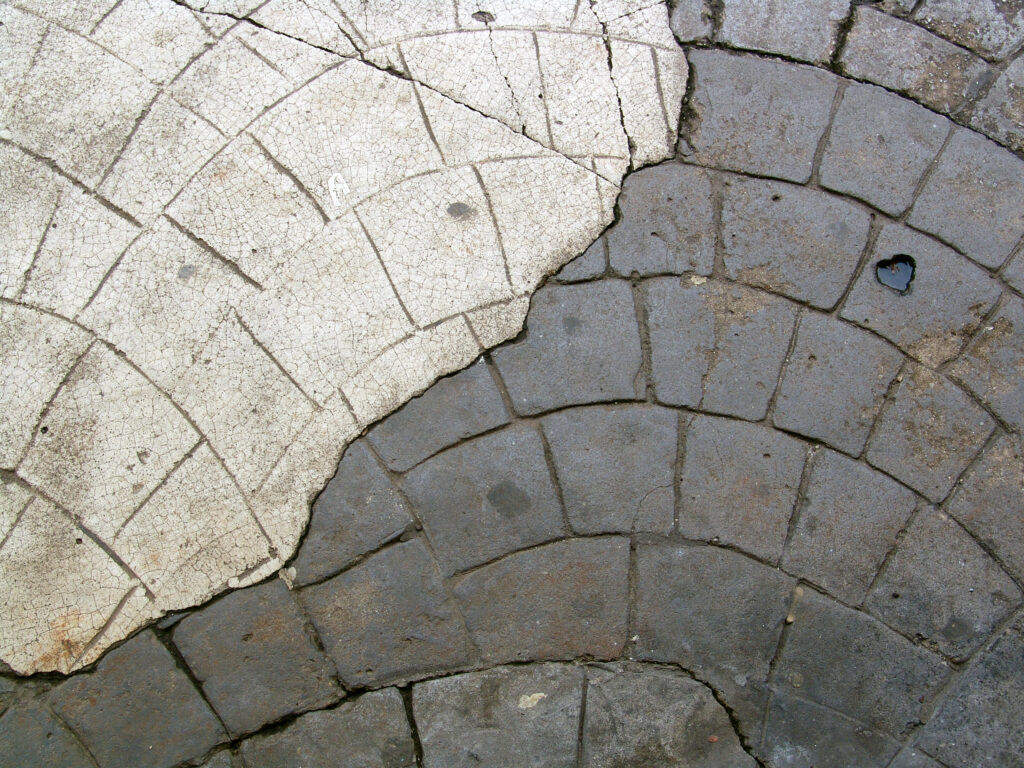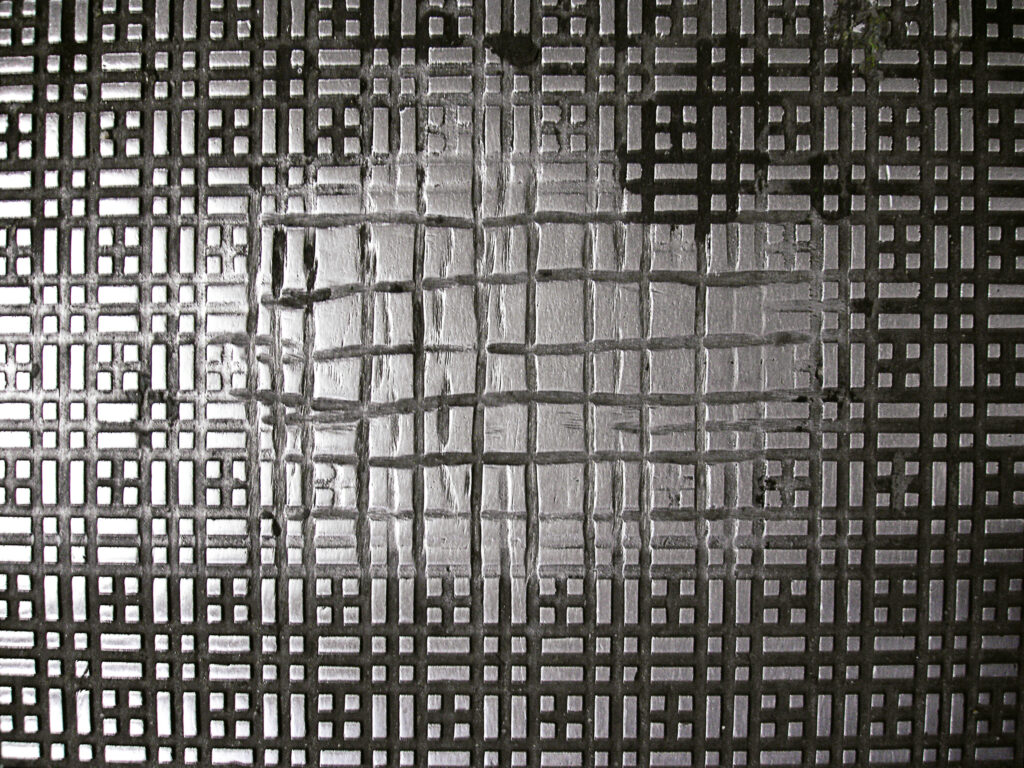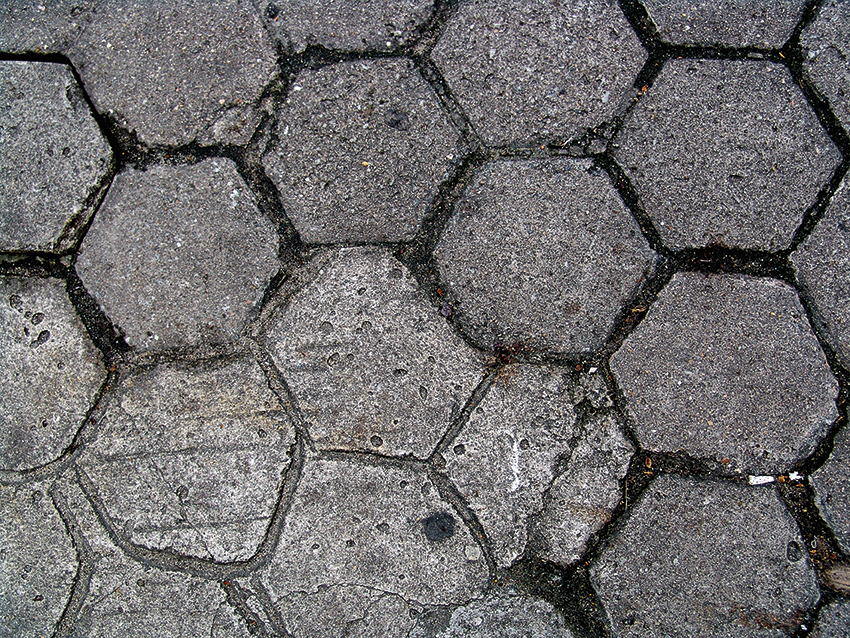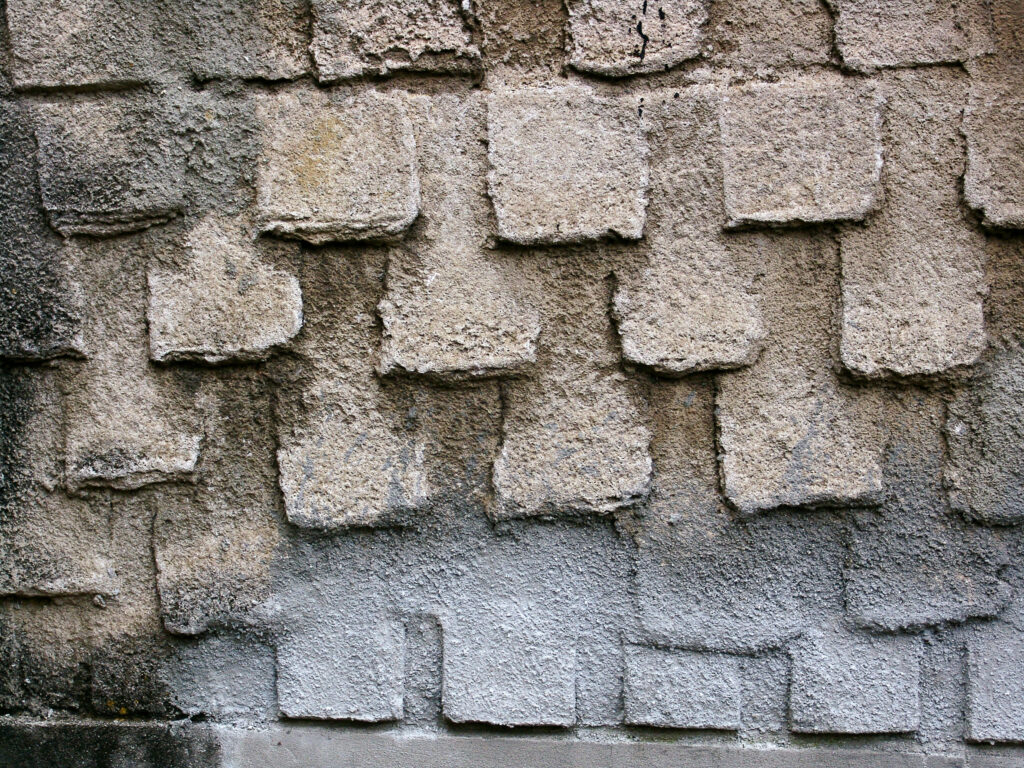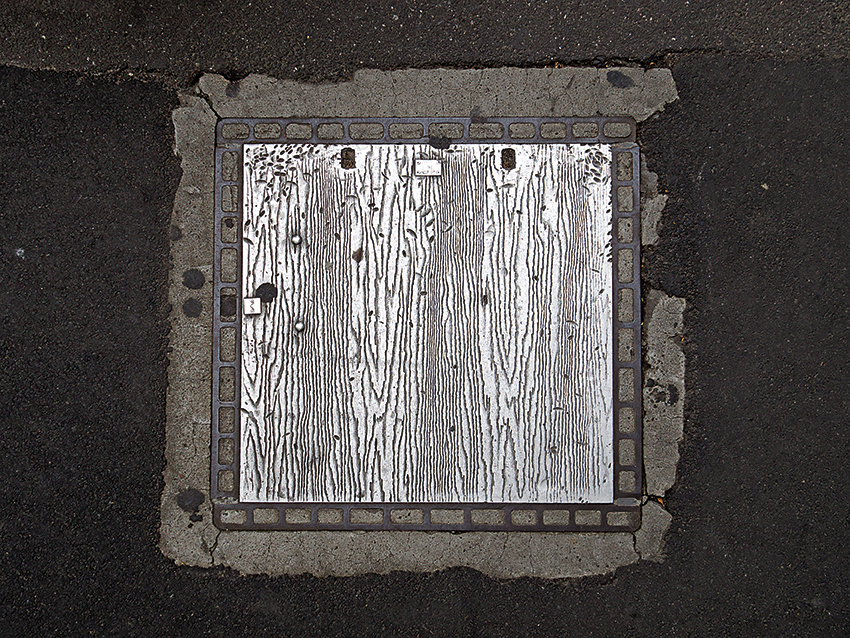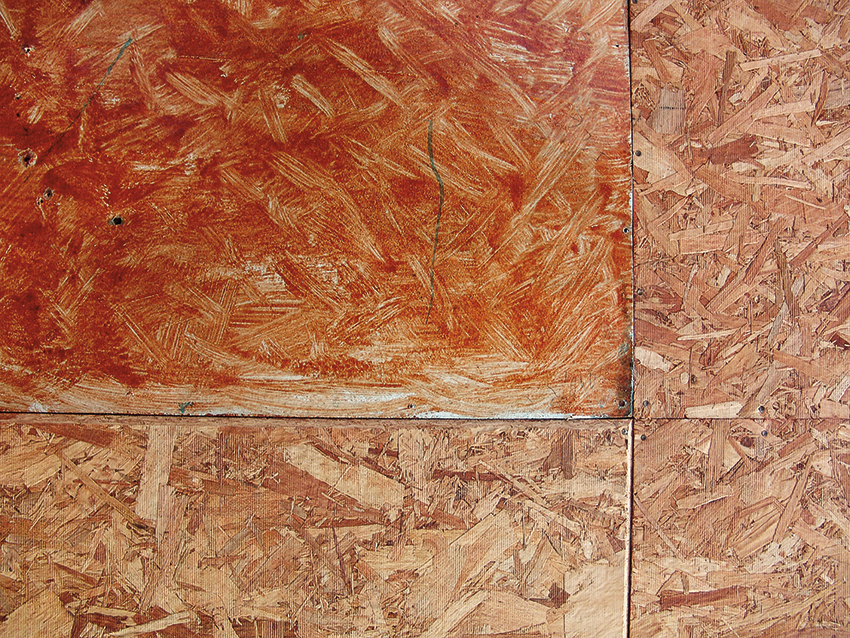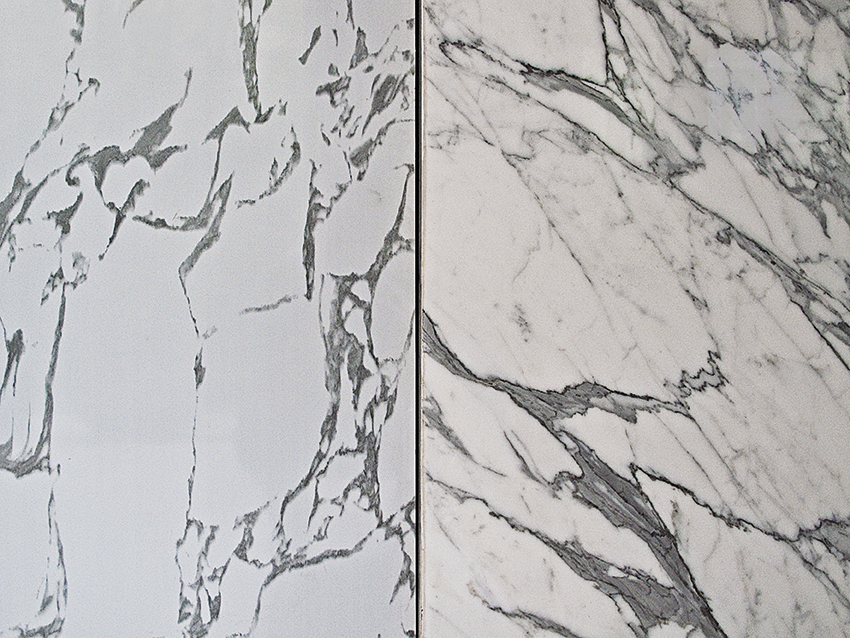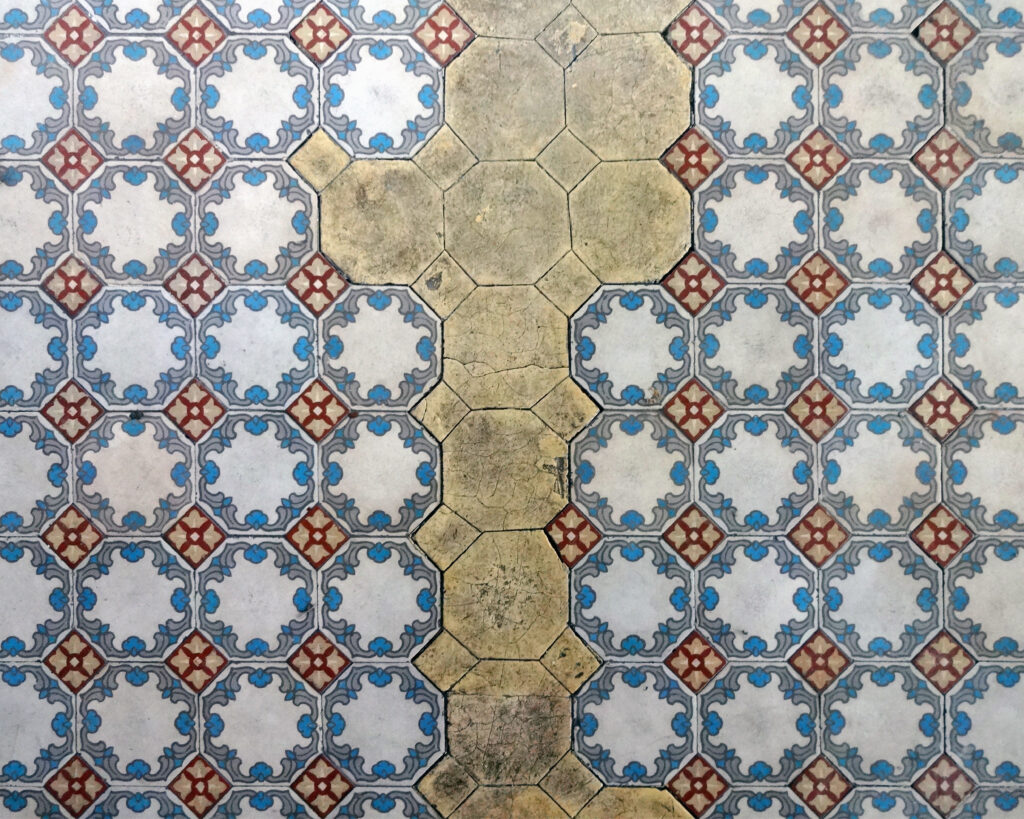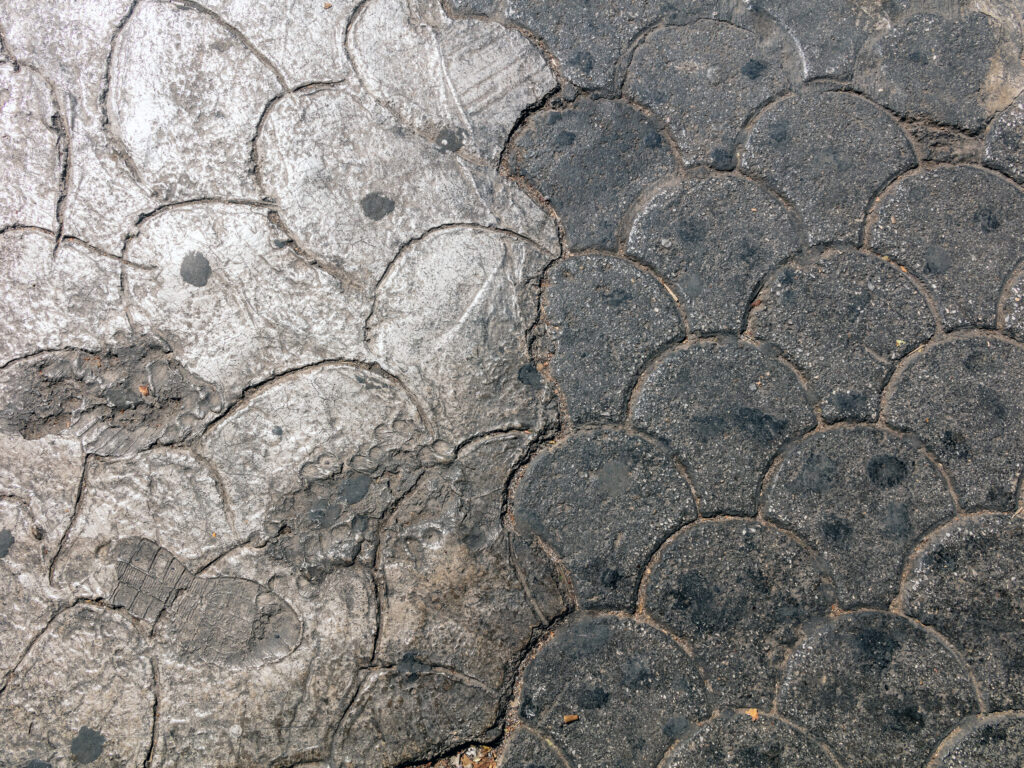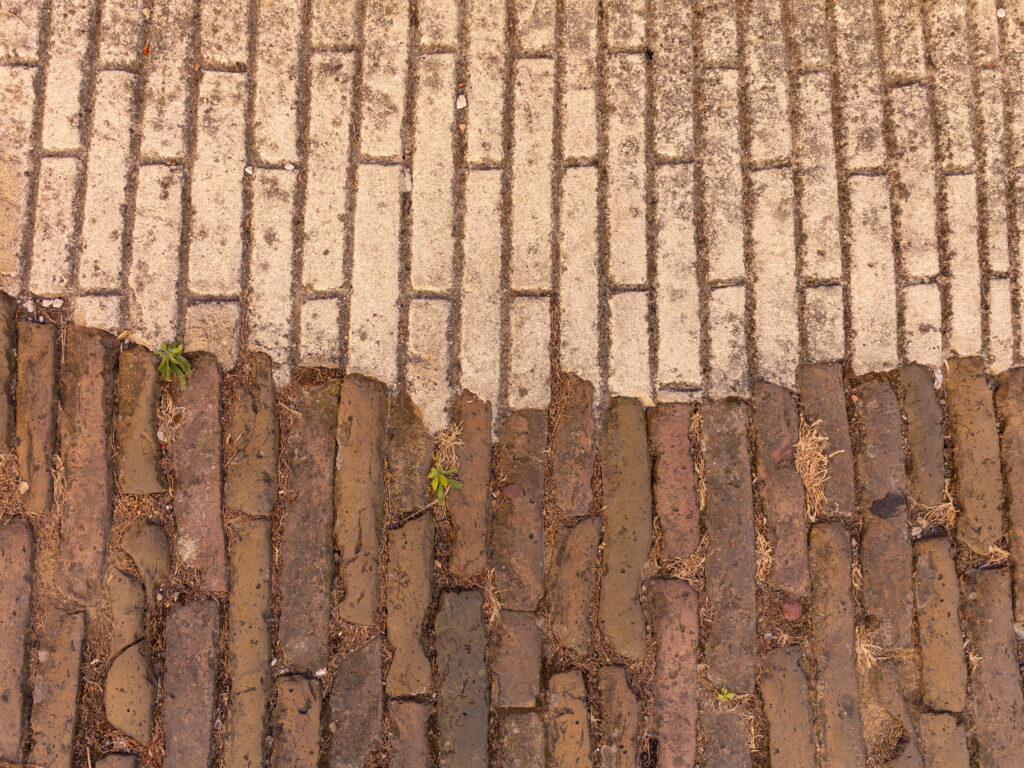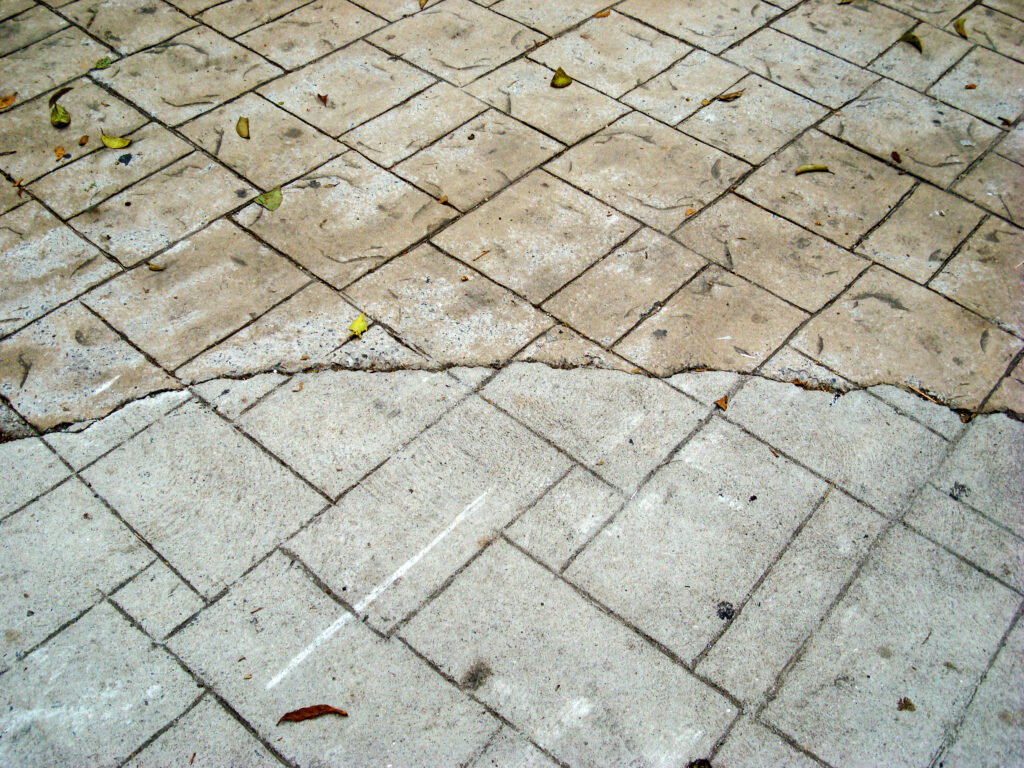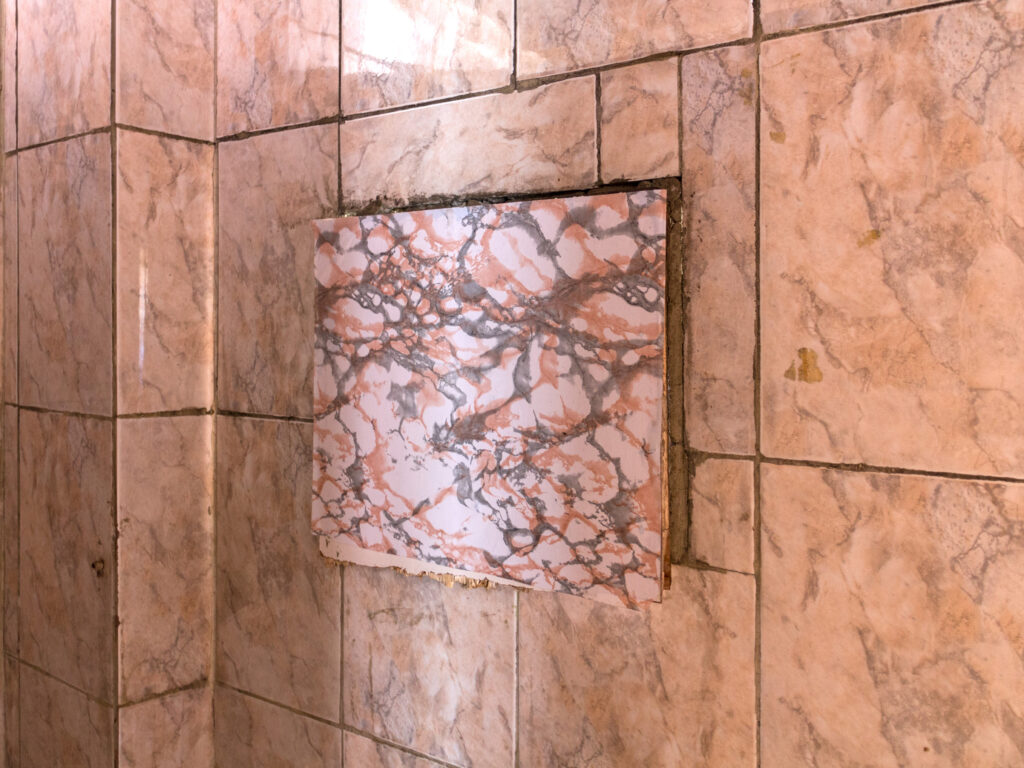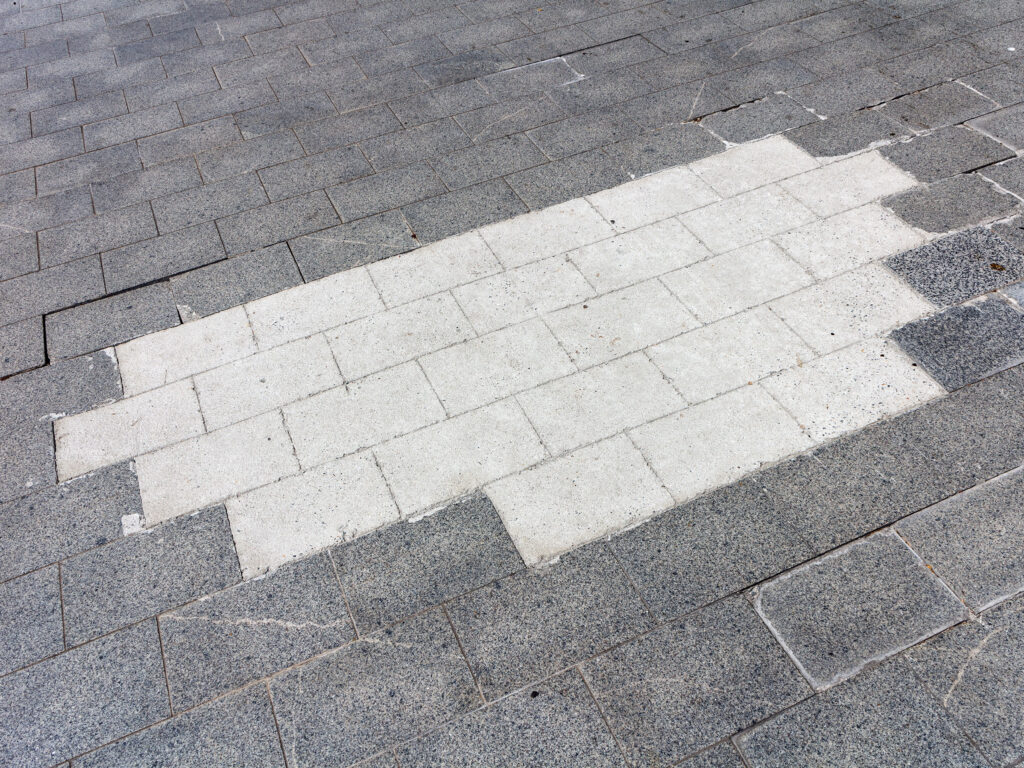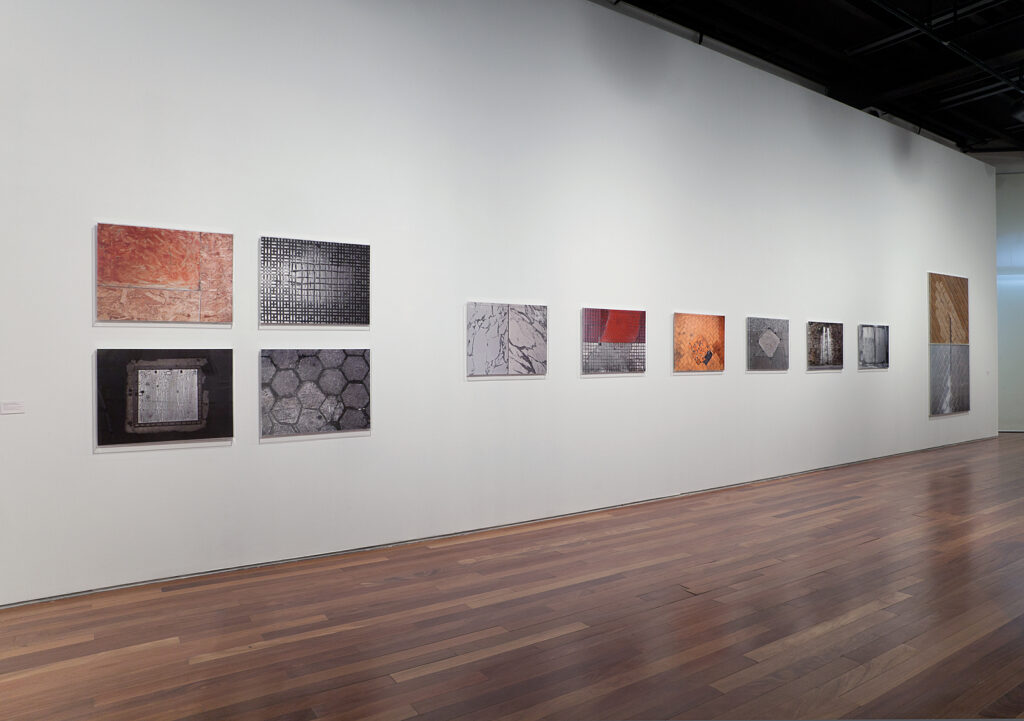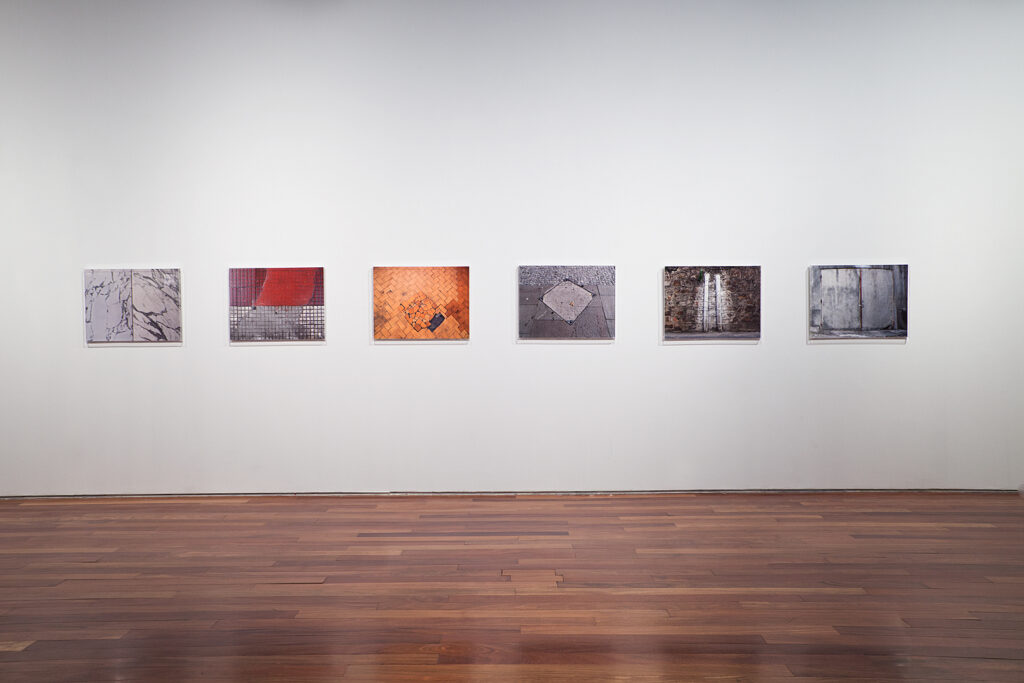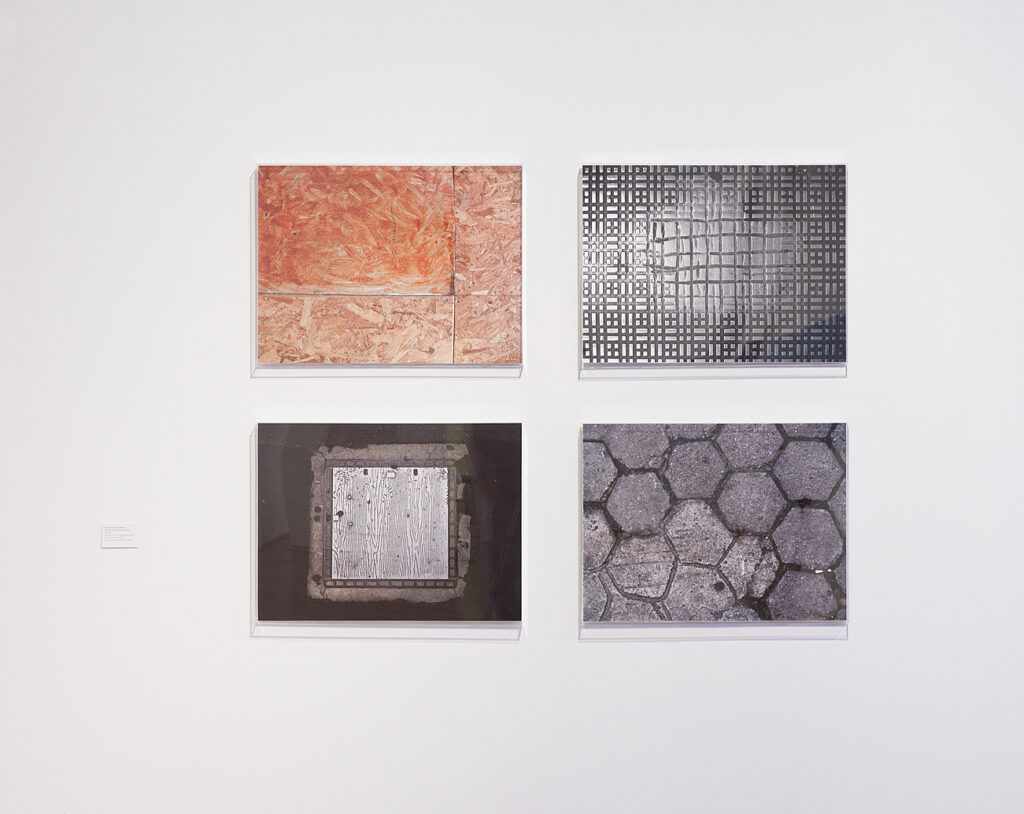
Prosthetics

The documentary aspect of Marcos Chaves’ work goes beyond pure representation;
his photographs and videos beckon the spectator to see the image beyond its surface
and its evidence. The resurgence of documental photography in art supposes precisely
the paradox between the neutrality of the document and the artist’s expression; a return
to the referent while not suppressing the artist’s gaze or authorial register. Beneath the
apparent layers of the objective real, there will always be a subterranean connection
with the subjective and poetic codes. After all, recalling Walter Benjamin, the camera
speaks directly to the human eye and “we discover the optic unconscious through the
camera, just as we discover the unconscious drives through psychoanalysis.”
It is important to underscore, however, that Marcos Chaves’ gaze intervenes in the
photographic shot without lyricism, taking the landscape as a Duchampian readymade,
although his choices do not have the same radical distancing and indifference as
those of the French master. On the contrary, the scene constitutes a déjà vu, but its selection
is inscribed in a poetic project determined by precise formulations of language.
Marcos Chaves certainly considers the implicit relation between the ready-made
and photography, since they are both established as ways of extracting immediate
slices of the real. But his slices are not submitted to the absolute randomness of
Duchamp’s, nor are they lacking in explicit critical irony. His photography aims to investigate
the landscape and urbanity as drivers of meanings that are projected beyond
the artistic form; just as the ready-mades are more ethical than aesthetic, even
while they establish the critical thought that guides them, without subterfuges. They
moreover do not lose connection with the history of art and the world of knowledge
The artist sees, for example, true assemblages in the lineage of Kurt Schwitters,
when he comes across anonymous interventions in street potholes. He laughs at the
simulations made to hide cracks in walls and sidewalks, which try in vain to recover
the unity of that surface, and simultaneously sees relationships between them and
the world of modern painting. In this poetic project, for as objective as it claims to be,
the artist’s lyric self is not always absent; there are clear exceptions. In the series of
landscapes constituted by juxtaposed parts, which simultaneously reveal different
perspectives of the same place, Marcos Chaves seems to regain a certain romantic
and picturesque atmosphere, which sensitively conveys the general principle of objectivity.
This series, moreover, discusses the stable character of the photographic
medium itself, seeking to provide it with cinematic devices and temporality.
Marcos Chaves’ photographs certainly aim to be something more than the objective
description of shapes and places, and refer to the questioning of the image
in the midst of paradoxical cities par excellence. The work exposes and highlights
the “invisibility” of worn and run-down elements of the city, like street potholes,
tangled and makeshift electrical lines, and the wounds that exist behind the appearances.
Captured on film in the anodyne, daily flow, his photos are inscriptions
of the city as a space of contradiction, where scattered scenes and anonymous
interventions contribute toward composing its identity.
Extract from the text Landscapes Un-viewed (2014) by Ligia Canongia.
